Welcome to our first Māori language book reviews for 2021! Our friend Mikaere Flavell wrote these thoughtful bilingual reviews. Give them a read – and start building your reo Māori and reorua wishlist for the year!
He arotakenga Māori māu? Ka taea e koe ngā arotakenga te pānui.
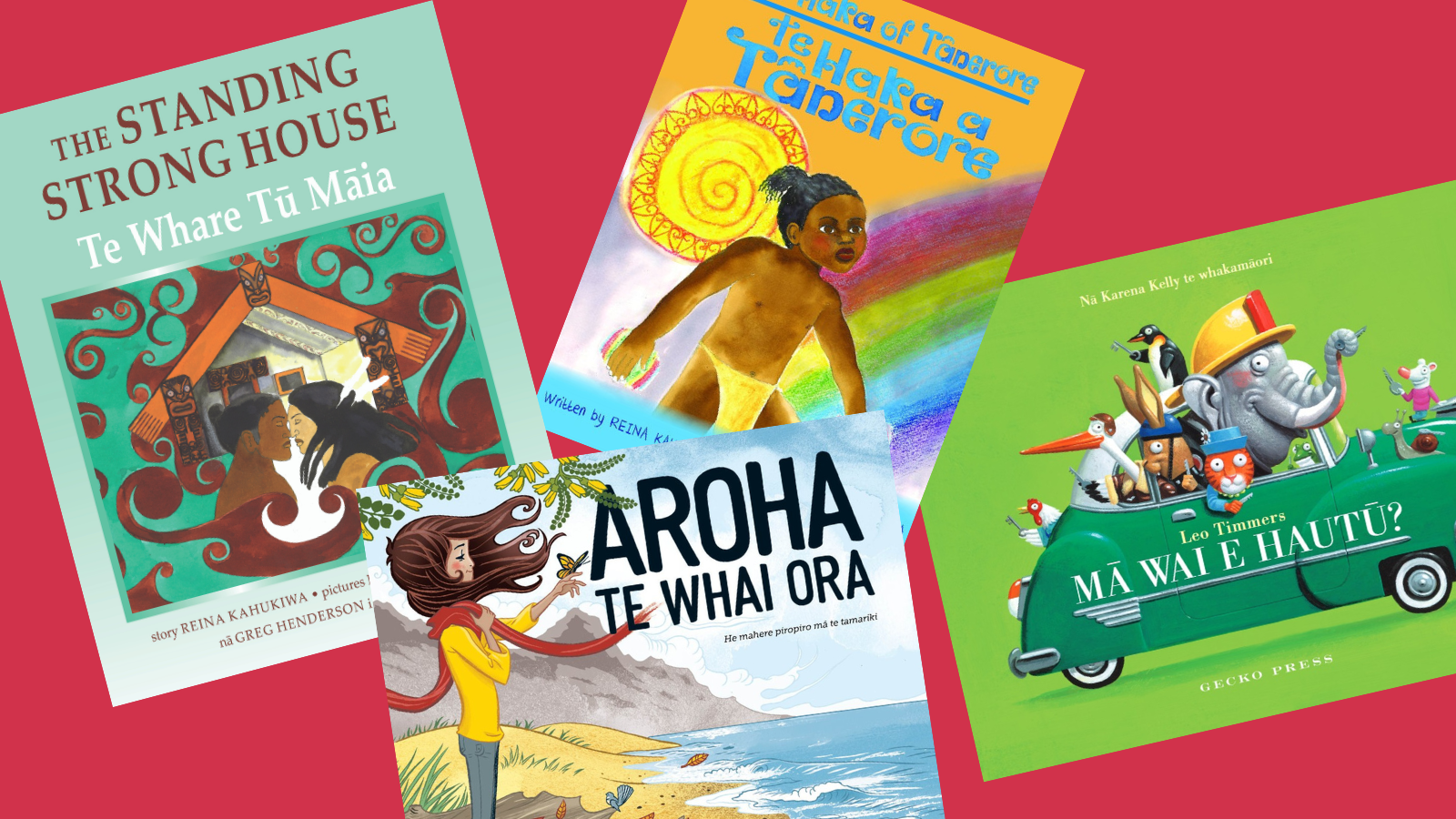
Mā wai e hautū? by Leo Timmers, and translated into Māori by Karena Kelly. (Gecko Press)
A book with such few words is my kind of book, believe it or not. Engaging, short and sweet, kid-friendly and grammatically beneficial are the things that come to mind to describe Mā wai e hautū. When I say grammatically beneficial, I’m referring particularly to the sentence structure “Mā wai e…”, which I consider to be the ‘protagonist’ of the book – obviously not in the traditional sense – because of the simple fact that it is continuously repeated. I draw attention to “Mā wai e…” because at times, in the wider world, it is not used according to the reo Māori grammar rules, therefore I take great pleasure in acknowledging this book and the good it will do for all the Māori language learners out there, especially our kids. Such a powerful impact for such a small book!
…I take great pleasure in acknowledging this book and the good it will do for all the Māori language learners out there, especially our kids.
Uri of Te Tai Tokerau and graduate of Panekiretanga, Dr Karena Kelly is the awe-inspiring translator of the books Oh, The Places You’ll Go written by Dr. Seuss (Nōu te Ao, e Hika e) and Room On The Broom by Julia Donaldson (He Wāhi i Te Puruma). I have had the privilege of being taught by Dr Karena Kelly in the past and I must say, she is one of a kind and my sort of mātangareo.
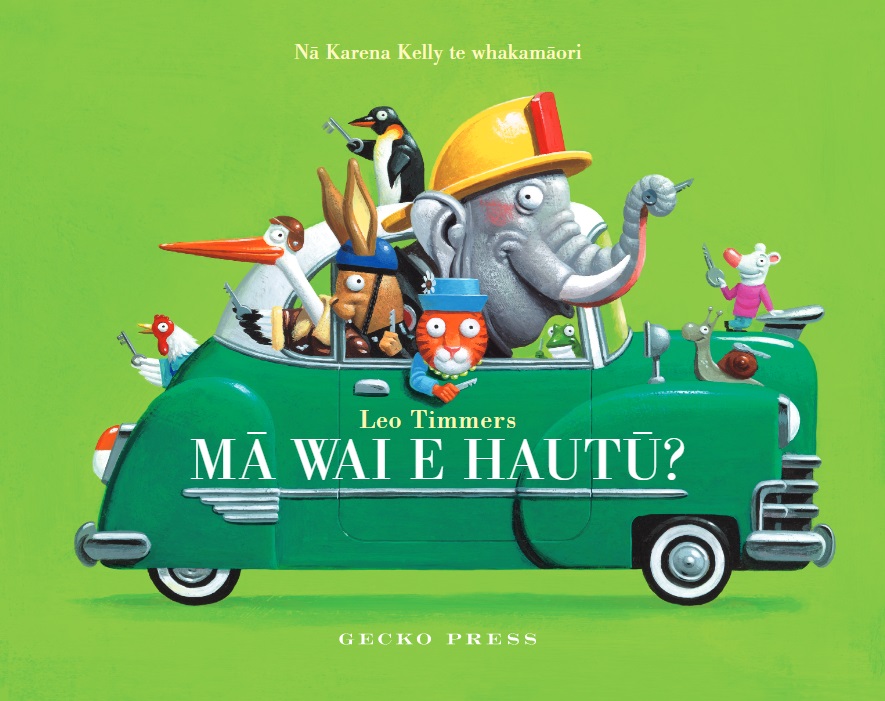
Aroha Te Whai Ora by Rebekah Lipp, illustrated by Craig Phillips, and translated into Māori by Karena Kelly. (Wildling Books)
Vibrant and resolute Aroha is experiencing some life challenges that lead her on a journey of understanding the meaning of self identity, self care and self possession. Aroha realises her journey is not one she has to take alone, for her friends are by her side for support and comfort. Aroha is a relatable character and we can relate to the challenges she goes through – whether big or small – as they are the challenges that we go through today and everyday.
Aroha realises her journey is not one she has to take alone, for her friends are by her side for support and comfort.
There are not many books for children and young teens that I have come across dedicated to topics concerning the typical mental health issues that we all go through in life. If there were a list of such books, Aroha te Whai Ora would be in the top 10. It’s also the first book for young people that I have seen that is dedicated to – what I understand to be – a journey through the emotional aspects that manifest from mental health issues. This book and others like it are the beginning of an increased normalisation of using children’s books as one way to spread the word of mental health.
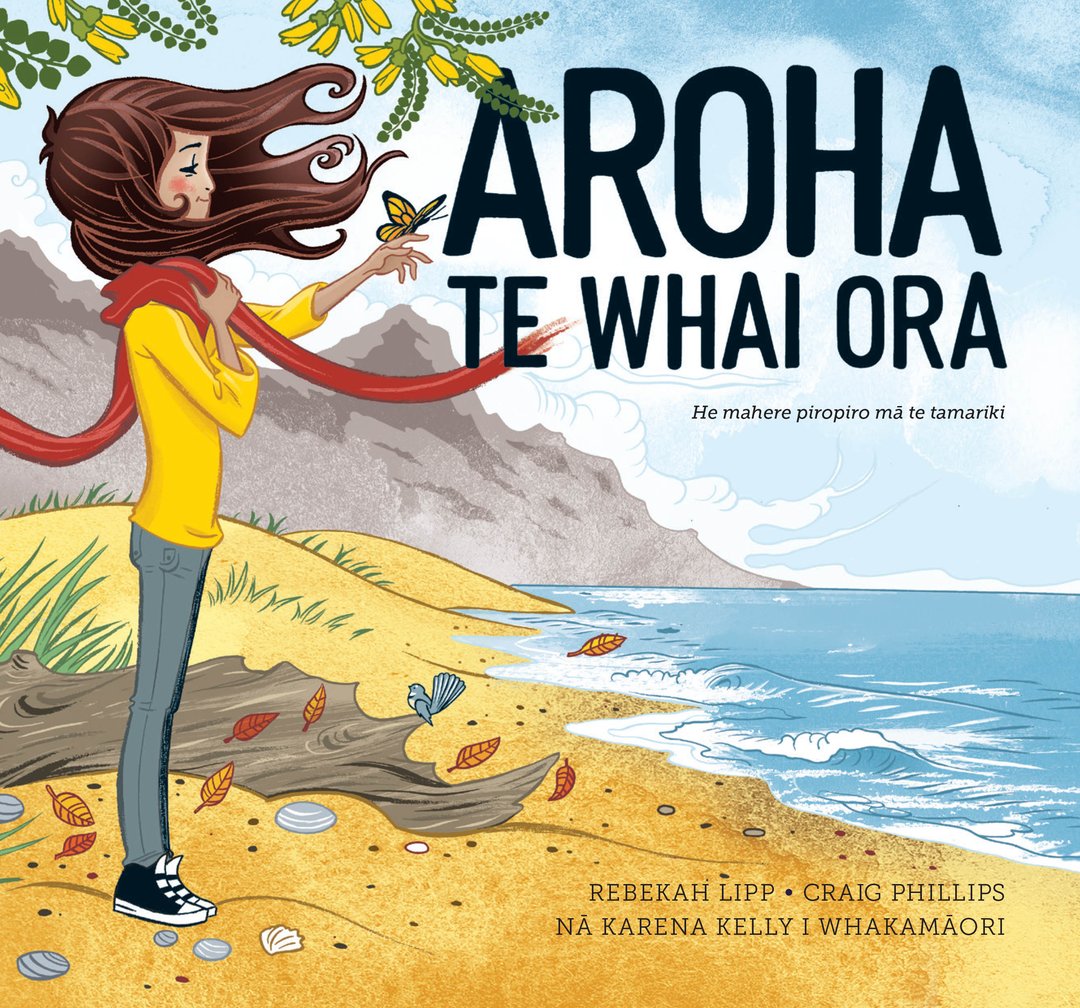
Aroha Te Whai Ora
By Rebekah Lipp
Illustrated by Craig Phillips
Translated into Māori by Karena Kelly
Wildling Books
RRP $25.00
Buy now
Te Haka a Tānerore by Reina Kahukiwa, illustrated by Robyn Kahukiwa, translated into Māori by Kiwa Hammond. (OneTree House)
Tānerore is the child of Tama-nui-te-rā and Hine-raumati, two atua who give light to the world: giving us the ability to see the world and get that tan in the summer. Tānerore, with his quivering hands, who challenges humanity with an unbearable heat that echoes throughout the land. Tānerore, who imitates the heartbeat of Papatūānuku moving from side to side slapping his chest and imprinting the ground from the stamping of his feet – this is known as “te haka a Tānerore”.
Tānerore, who imitates the heartbeat of Papatūānuku moving from side to side slapping his chest and imprinting the ground from the stamping of his feet – this is known as “te haka a Tānerore”
Tānerore is no stranger to those who participate in kapa haka. If you have heard the saying “ngā mahi a Hine-rēhia/ngā mahi a te Rēhia” there’s no doubt you have also heard of Tānerore in the saying “ngā mahi a Tānerore me Hine-rēhia” Although I have heard this saying many times it wasn’t until I had read this book that I actually came to know who Tānerore is and his domain in te ao Māori.
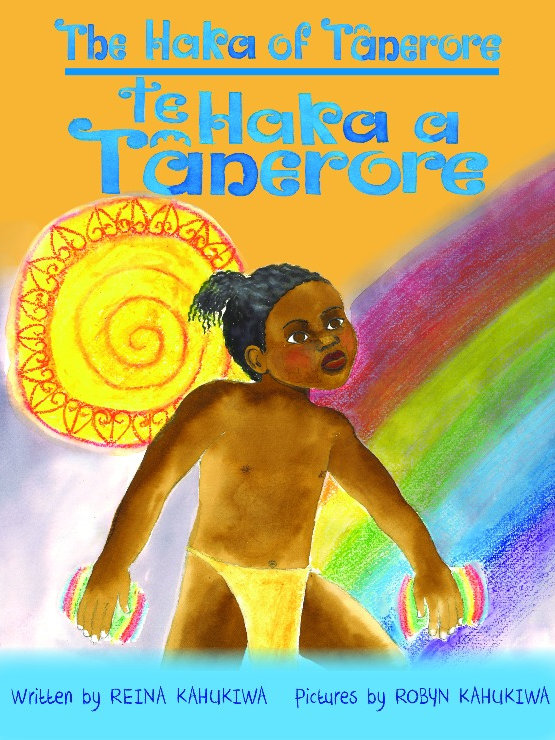
Te Haka a Tānerore
By Reina Kahukiwa
Illustrated by Robyn Kahukiwa
Translated into Māori by Kiwa Hammond
OneTree House
RRP $40.00
Te Whare Tū Māia by Reina Kahukiwa, illustrated by Robyn Kahukiwa, translated into Māori by Greg Henderson. (OneTree House)
This is a story about the Ngāti Tū Māia people, whose village was located in the forest under the humble embrace of Tāne Mahuta. They were strong and brave people who were led under the guidance of their traditional customs which they lived and breathed everyday. However, many years passed, leading to the separation of their people; the gradual extinction of the ancient traditions, values and beliefs that the Ngāti Tū Māia people held fast to; and the difficulties that came with adapting to the foreign ways of the new settlers, the Pākehā.
A new era dawns and a young homeless boy named Jericho discovers an ancient building in the forest, giving shelter to Jericho, his family and others who were homeless. This provoked a strong interest in the revitalisation and retention of the culture, language and traditions of the Ngāti Tū Māia people – and Jericho, who was not closely connected to his Māoritanga, had the privilege to learn about it.
Reading this book got me thinking about my younger days, a time when I was not at all in close contact with my Māori side, nor tikanga, nor reo; a time when I was never taught the importance of my Māoritanga and whakapapa. I recognise this book as a window to the ancient world and as a reminder of the practices and traditions that were incorporated in the everyday lives of our ancestors but are no longer practiced and subsequently have been forgotten or are now considered obsolete, although there are some practices that are making a return.
I recognise this book as a window to the ancient world and as a reminder of the practices and traditions that were incorporated in the everyday lives of our ancestors…
This book exemplifies the causes and effects of colonisation on the Māori people and their culture, which among other issues lead to the abandonment of many marae that were left desolate and uncared for. We are still battling these same issues to this very day and hope for the same outcome as seen in Te Whare Tū Māia – the return of the people, the land, the language and traditions. There is hope.
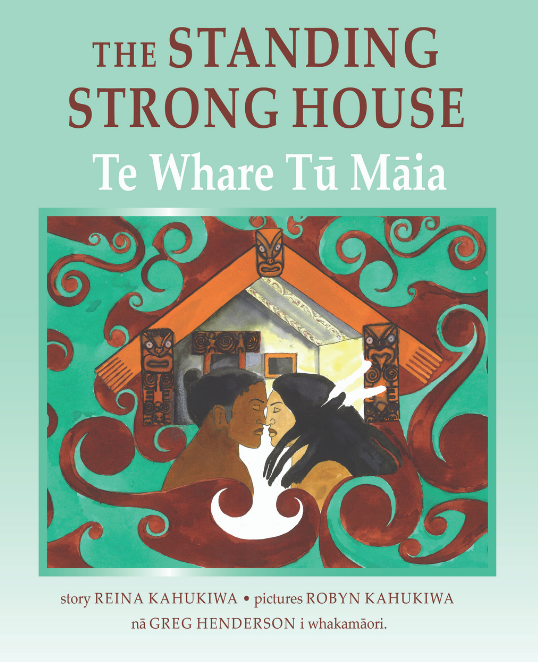
Te Whare Tū Māia
By Reina Kahukiwa
Illustrated by Robyn Kahukiwa.
Translated into Māori by Greg Henderson.
OneTree House
RRP $40.00

Mikaere Flavell
Ko Maungatautari te maunga
Ko Raukawa te iwi
Ko Ngāti Te Rangitawhia te hapū
Ko Mikaere Te Ao Mihia Flavell tēnei e mihi atu nei.
I'm a student and tutor of te reo Māori at the University of Waikato and currently living in Hamilton. I'm a te reo advocate and have a huge passion for languages and language revitalisation. I love reading, I love learning and I love people and I especially love yarning over good coffee and good company.
Whakaterea te pahī o reo kia Māori ki uta, ki te au hāro o reo kia ora.
Tūrou!



